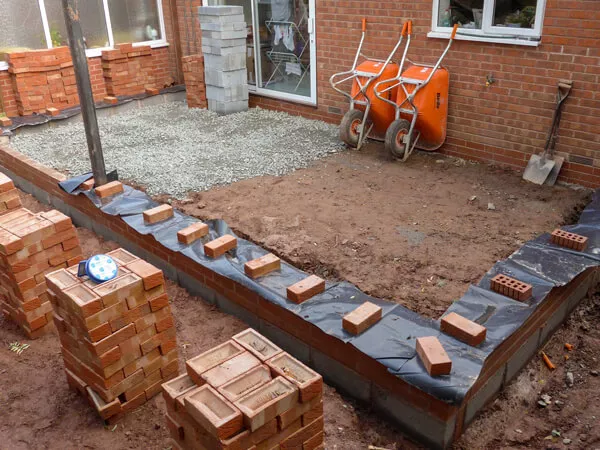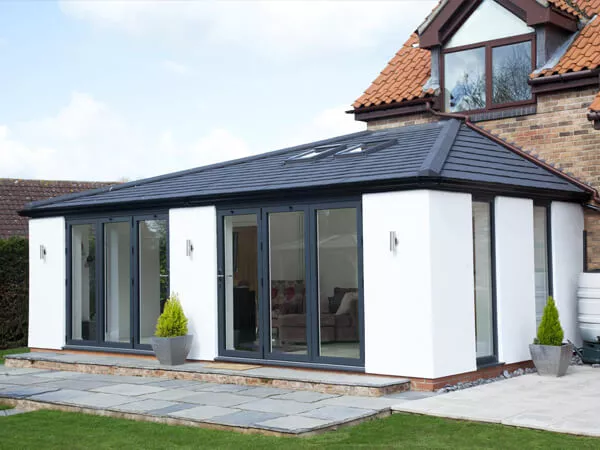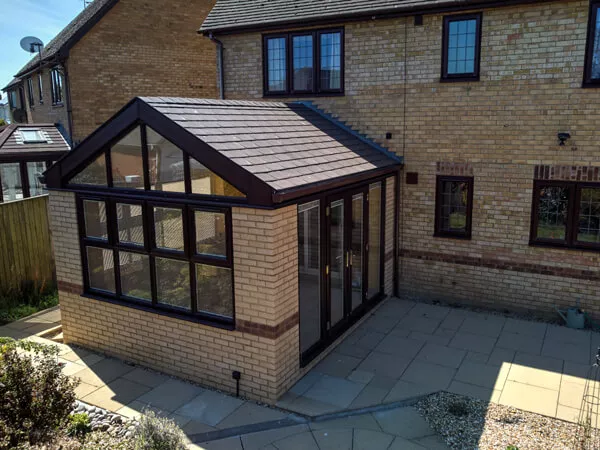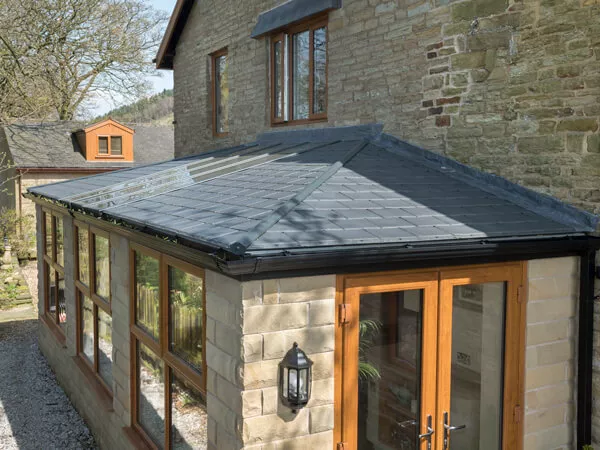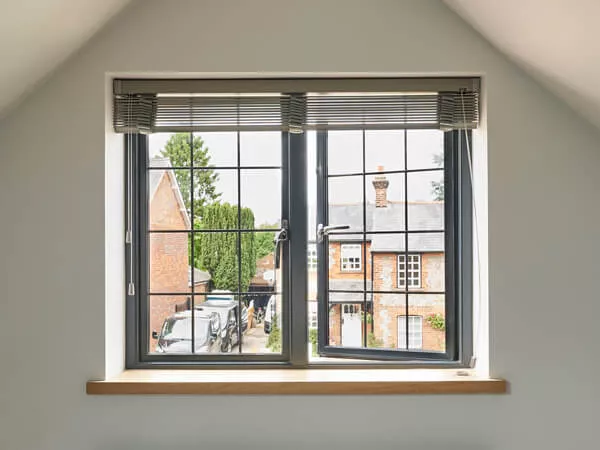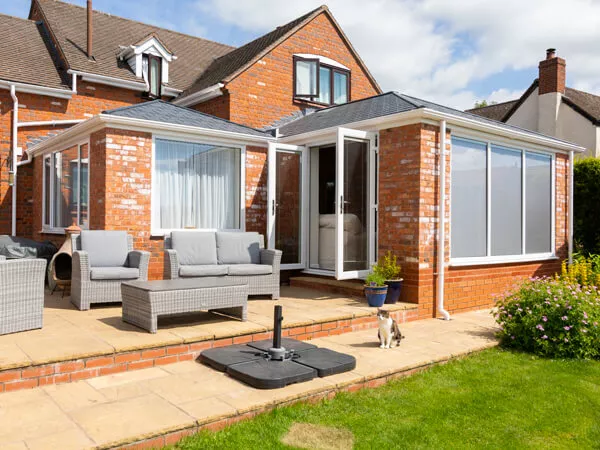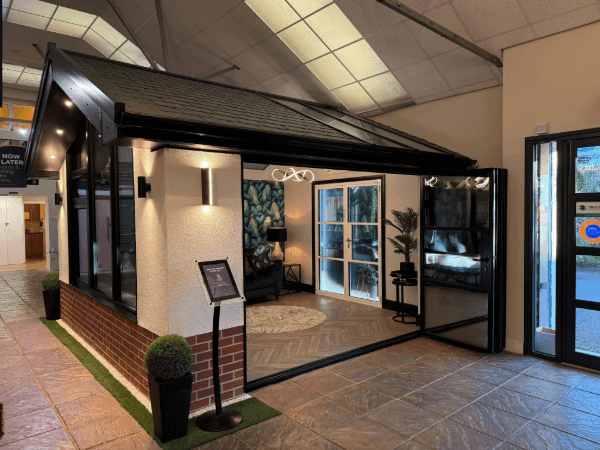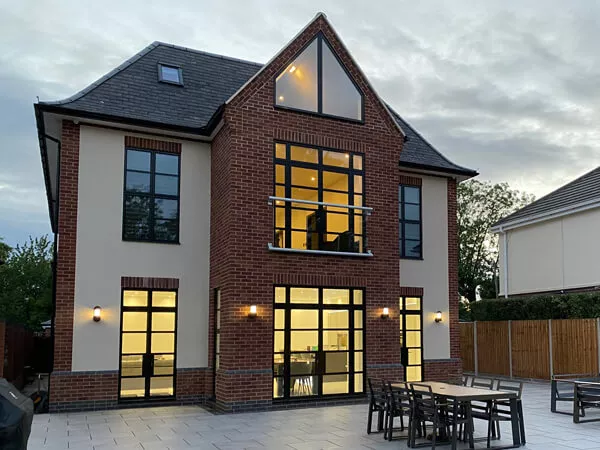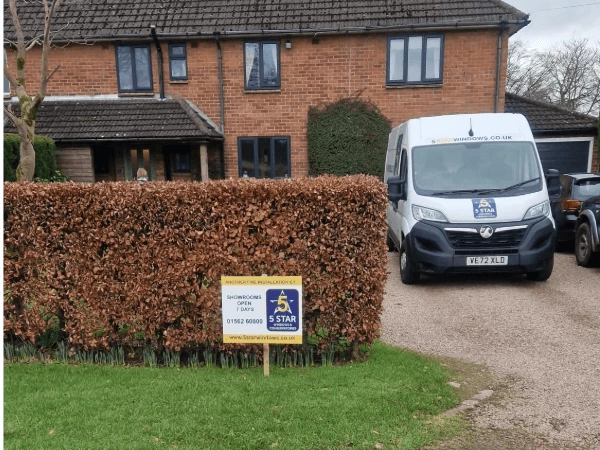Many homeowners have certain “permitted development rights” that allow them to carry out specific building works without needing full planning permission. However, these rights have limitations and conditions.
Housing Development Restrictions: Some housing developments, regardless of being in a conservation area, have had their permitted development rights removed entirely by the original developers, requiring full planning permission for any extensions.
It’s essential to carefully assess your project against these factors to determine whether you need to apply for planning permission.



